Advertisement
Cochlear implant design and insertion techniques advance

By Sarah A. Sydlowski, AuD, PhD
Advertisement
Cleveland Clinic is a non-profit academic medical center. Advertising on our site helps support our mission. We do not endorse non-Cleveland Clinic products or services. Policy
Advancements in cochlear implant (CI) design and insertion techniques have allowed surgeons to preserve cochlear structures in patients with usable low frequency hearing. Hearing preservation is affected by many factors, including the insertion technique (round window or cochleostomy), insertion depth (short or full-length array), type of electrode (straight, perimodiolar or mid-scala) and insertion force.
Several standard-length (“cochlear coverage”) arrays already on the market have been successfully used during hearing preservation procedures. However, the recent FDA approval of the Cochlear Americas Hybrid™ CI device has further improved the opportunity to preserve and utilize residual hearing, and it has expanded the candidacy criteria such that patients with substantial residual hearing are now candidates for CI technology. With the approval of this new CI design, clinicians have the opportunity to utilize an acoustic component that can be placed in the implanted ear of patients with postoperative residual hearing.
Research has shown that this electric-acoustic configuration gives the recipient many hearing advantages, including improved music appreciation, improved perception of speech quality and better understanding of speech in noise. Because successful hearing preservation can influence CI programming and outcomes, it is critical that programming clinicians are aware of the patient’s level of acoustic hearing when completing CI programming.
To accommodate our changing population of CI recipients, we have adapted our postoperative protocol to include audiometric evaluation (including air- and bone-conduction thresholds, speech recognition thresholds, word recognition scores and tympanometry).
Hearing preservation is routinely measured and reported in the literature as serial assessments of pure-tone air-conduction thresholds in the implanted ear. A limitation of this methodology is that the exclusion of bone-conduction thresholds can mask the introduction of an air-bone gap that develops as a result of hemotympanum. Evaluation is conducted before activation and then again at each post activation programming appointment until the hemotympanum has resolved. Residual hearing is periodically reevaluated for changes that may impact programming decisions.
Our early experience suggests that at least partial preservation of low-frequency (< 1500 Hz) acoustic hearing after cochlear implantation is possible for most patients (see example results in Figure), even with full insertion of a standard-length array.
Dr. Sydlowski is Audiology Director of the Head & Neck Institute’s Hearing Implant Program.
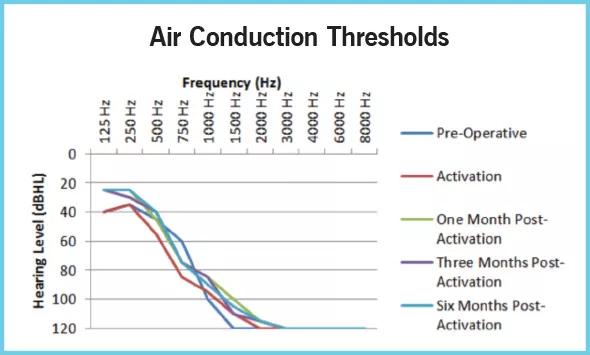
Figure. Pre- and postoperative serial audiograms in a recently implanted ear.
Advertisement
Advertisement

A multidisciplinary approach and individualized plan of care are imperative

Insight on larynx disorders and treatments

Novel procedures provide options for patients who can’t tolerate CPAP

Research on children with UHL explores the quality-of-life benefits and outcomes of cochlear implants
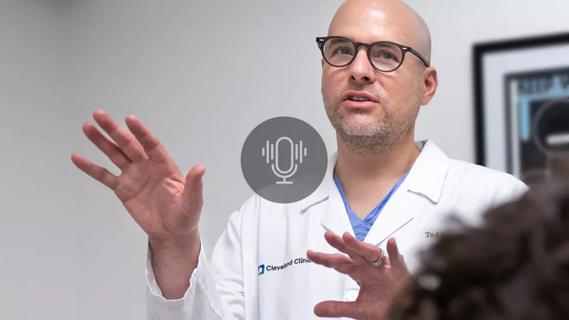
A look at how custom-fitted oral appliances work and when they’re a good fit for patients
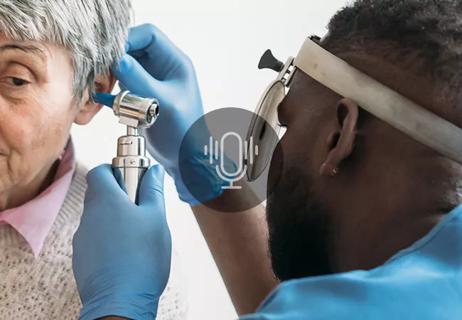
Hearing loss and its treatments are often misunderstood by both the public and healthcare professionals
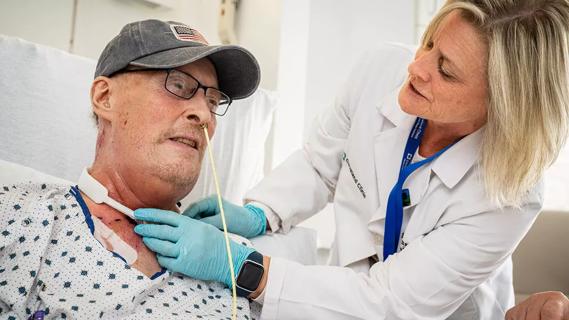
Modified Barium Swallow Study and Flexible Endoscopic Evaluation of Swallowing can both be used to diagnose dysphagia, but it’s important to understand their advantages and disadvantages
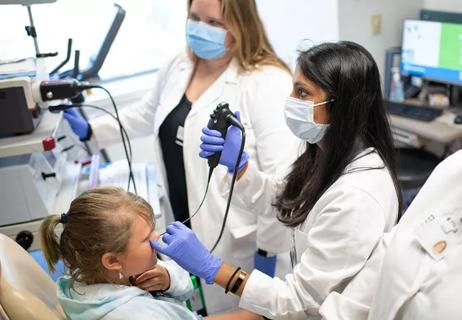
By working in tandem, a pediatric otolaryngologist and speech-language pathologist can diagnose conditions and develop treatment plans in the same visit